Treating a Chicken Injury Naturally
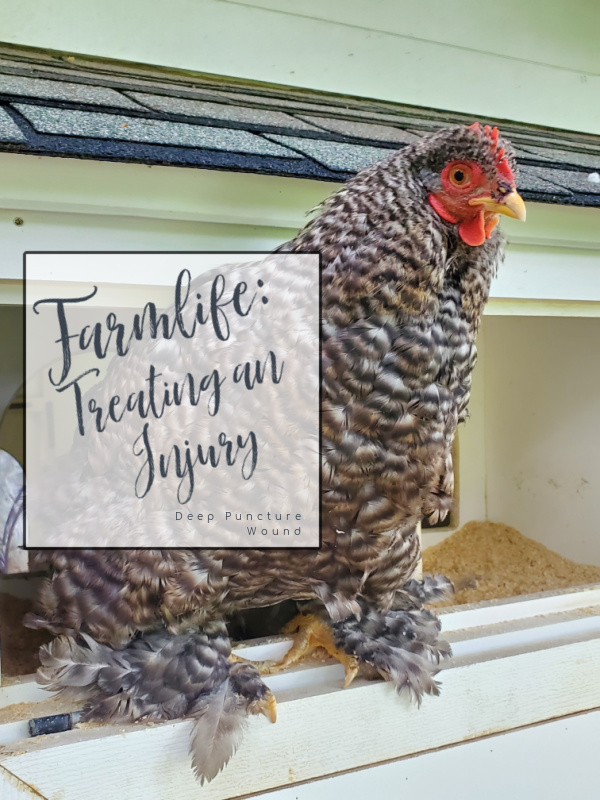
Farm life isn’t always happy. As my first disclaimer here, always, and I repeat always take any significant injury to a veterinarian immediately. Treating a chicken injury naturally takes experience and patience, and a knowledgeable veterinarian will be able to guide and work with you. We have a great vet who is willing to give advice, prescribe, and even listen to natural remedies and give advice on that. But my first stop with illness or injury, especially one I have never dealt with before, is her office. There have even been moments where we discussed, I don’t think it will help, but it wont hurt, so go ahead and try and let me know how it works.
When building our coop area, we decided to focus mainly on predator proofing. We have had chickens for over eight years and we have never experienced an attack like this. Our coop is made using 1/2 inch vinyl coated welded wire. The perimeter fence uses 1 inch vinyl coated welded wire. We have fishing line latticed across the to create a barrier at the top. You can do everything correct and still have something happen.
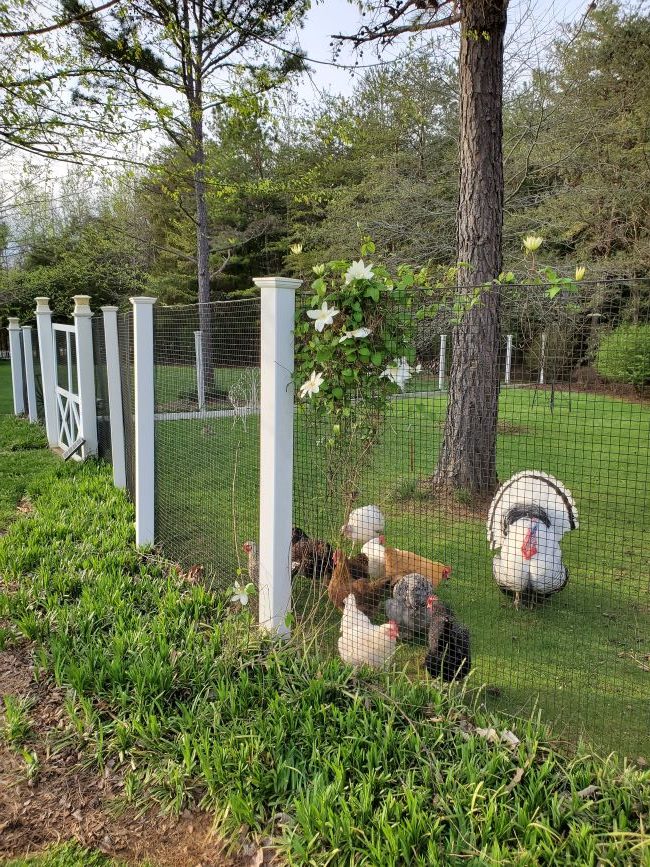
One day this past summer, I headed to the coop and found Bella huddled in corner. Her comb was severely torn, and I grabbed her up and headed to the house to clean and treat it. Tears in the vascular area of the comb create a lot of blood, much like our head injuries do. I had some styptic powder loaded gauze that I cut to size, and after a good cleaning, I put this on to slow the bleeding down. I chose to use the gauze rather than the powder because the injury was so close to her eyes. I didn’t want to risk getting the powder in her eyes while I was putting it on, or if she shook her head. (The vet approved of this gauze, and told me to leave it alone from this point and not remove it. Removing it would re-open this wound and cause the bleeding to start again. It got really hard over the course of a week, and I trimmed off the edges to get it as small as I could. After about a week, as I was cleaning around it, it sort of just popped off on its on. Just make sure to never actually pull it off.)
After this, I realized after that her back was incredibly tender. She was trying to keep me from touching it. I moved her feathers away and I was shocked. There on her back were two large and deep gashes. I immediately began cleaning them because they had obvious dirt in the wound itself. I got out what dirt I could, sprayed the wound with Vetericyn wound wash, lifted her feathers, and placed a clean, plain gauze bandage on them, and headed for the vet. After some discussion, we decided not to do stitches. She was concerned about trapping dirt and bacteria inside the wound. It wasn’t bleeding anymore, even though it was deep. The majority of the wound was in the fat layers, with just a place or two puncturing into her actual body cavity. She told me to bring her home, do the best I could, if in a few days she was still alive, and the wounds weren’t closing, she could do stitches then.
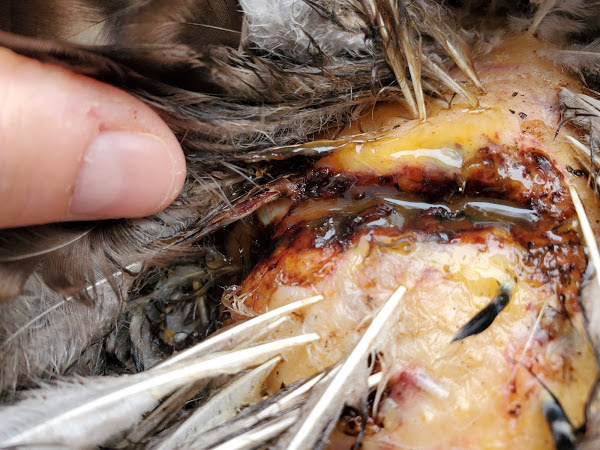
My main concern, other than infection, was shock. I kept her warm, wrapped in a towel most of that first day. I had an extra puppy bed that I use for the rabbits, I lined that with a towel and put her in there. It supported her, helped maintain her body heat, and allowed her to rest. I pushed liquids on her as much as I could.
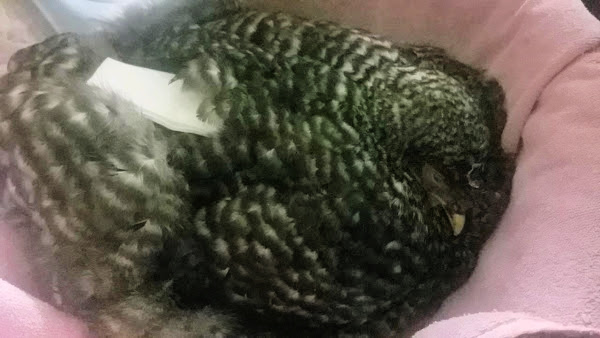
First off, she had to be kept in a place that was not exposed to the outside. The fear of flies locating the wound and her having a nasty case of fly strike was a big fear. Plus, it was still really hot outside, so she needed to be kept at a comfortable temperature to heal. Once she began moving around a little bit, I set this up inside our garage, which has a minimal of air conditioning and heat.
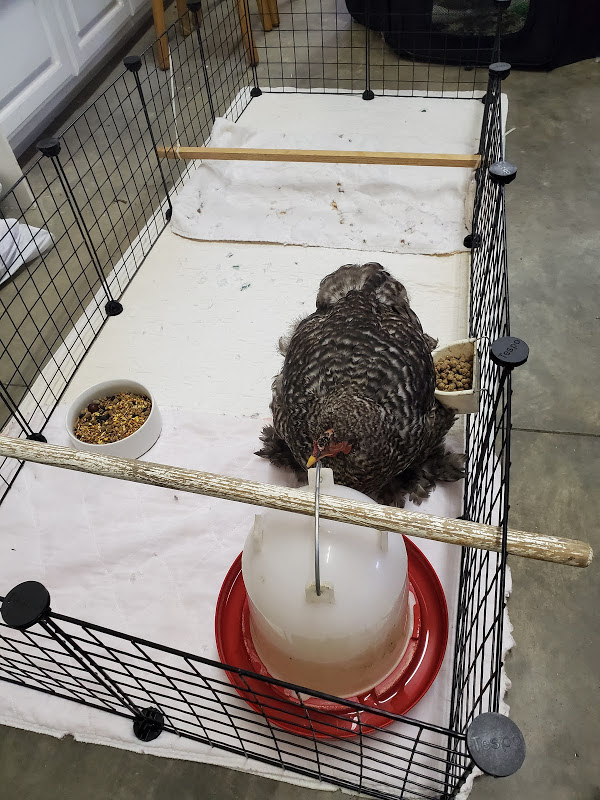
I cleaned the affected area twice a day with Vetericyn wound wash spray, and then I used a q-tip to lather manuka honey into the wounds and the immediate area surrounding it. I placed a clean gauze pad on top each time, and I did my best to keep her feathers away from the wound. Once it started healing, I didn’t want dirty feathers to be in or around the wound itself. I also mixed up a half teaspoon of manuka honey with a few tablespoons of warm water and gave it to her in a little paper bathroom cup off and on all day.
After the first day, I didn’t wash the wound again for several days, I just continued spraying it with vetericyn and adding another layer of manuka. What amazed me was after a couple of applications, the manuka created a dark black cast/scab. It sealed off the wound by melting down into the crevice. Honestly, as you can see, it looked horrible. I couldn’t imagine what it looked like underneath, but the casting was extremely strong, and I didn’t want to risk damaging anything underneath or introducing bacteria, so I never picked at it.
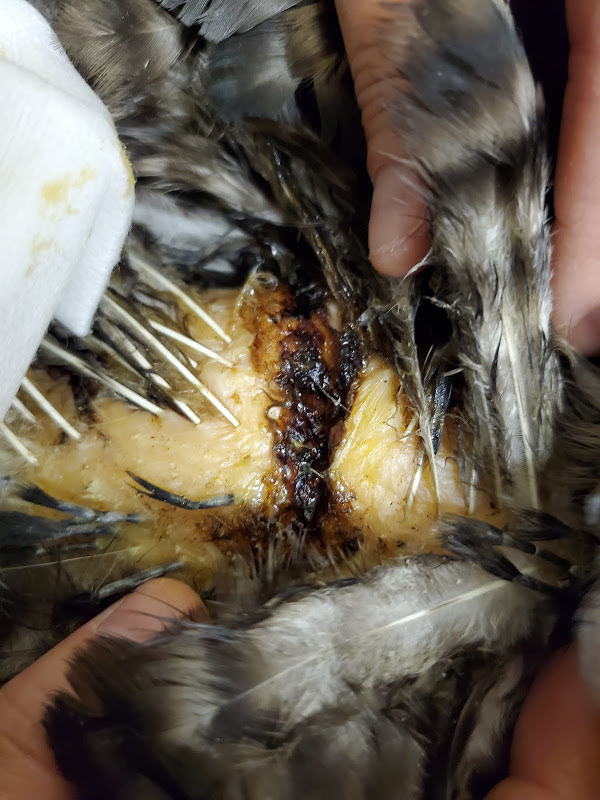
After about four days, she was smelling a bit ripe, and I decided she needed a good butt bath, so I took her to the outdoor sink and mixed up some warm water and soap and bathed her really well. Once I had all the poop off her, I cleaned and refilled the sink with warm water and a 1/2 cup of epsom salts. I let her stand in this for probably 10 minutes or so, then I carefully moved her feathers away from the wound and poured some CLEAN warm water/epsom salt mixture over her wounds on her back. After about 15 minutes, I got her out, and easily used a warm blow dryer on her to get her completely dry.
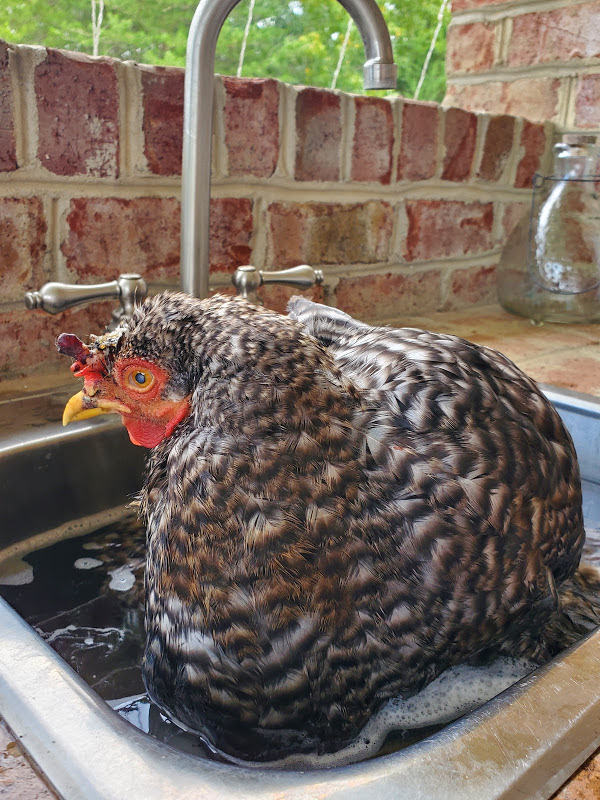
While I was doing this, the honey cast began to slowly melt a bit and lift up. Much to my surprise, she reached behind her, grabbed it with her beak, and pulled it off!
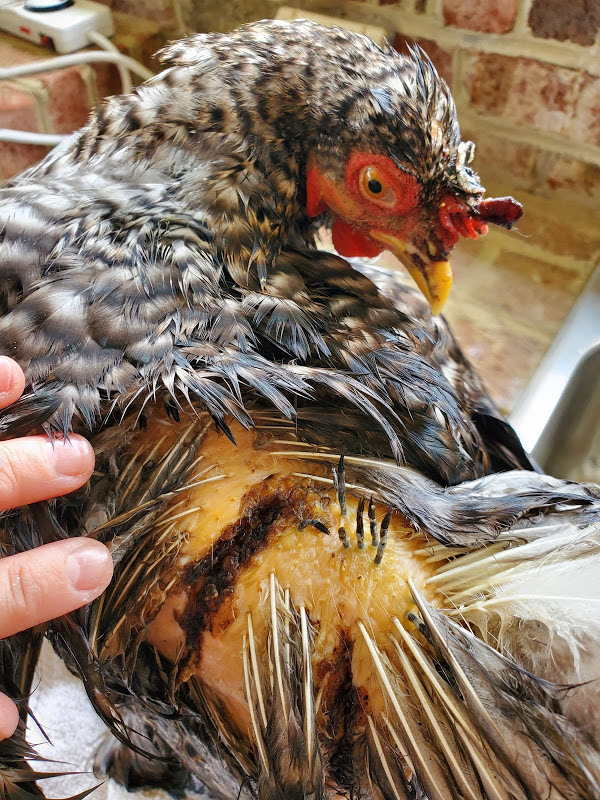
Underneath I was shocked to see the wound was actually beginning to close. I started my regimen again- cleaned it with wound wash spray, and a good layer of manuka. At this point, the manuka never created the hard cast again, but I still put it on daily. The vet and I theorized that it had something to do with the body fluids and drainage it encountered. By the fifth day, the drainage had stopped.
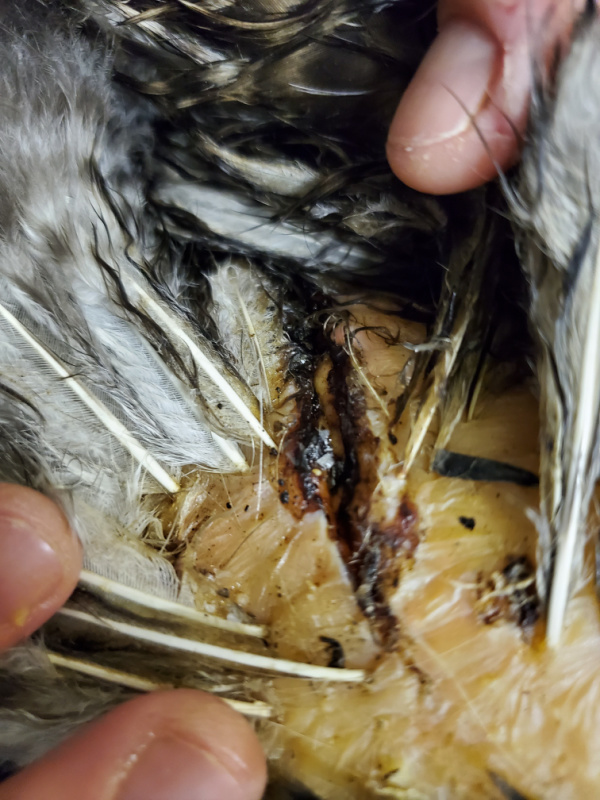
I spent a lot of time making sure she was eating, but per the vets advice, fluids were the most important. I gave water, water with electrolytes, honey water, and bone broth. I rotated what I was trying to give her. She preferred and would drink more of the honey water than anything else I gave her.
After the first week, I was convinced she would actually make it, as you saw, her wound was closing and healing. Getting her strength back was important, so we would go outside for a few minutes several times a day, just to walk around a little, increasing our outside walks by a few minutes each day. Because I was still painting the wounds with honey, we didn’t stay out too long because I didn’t want flies to be a concern. This photo was taken a few days after 2 weeks from the injury.
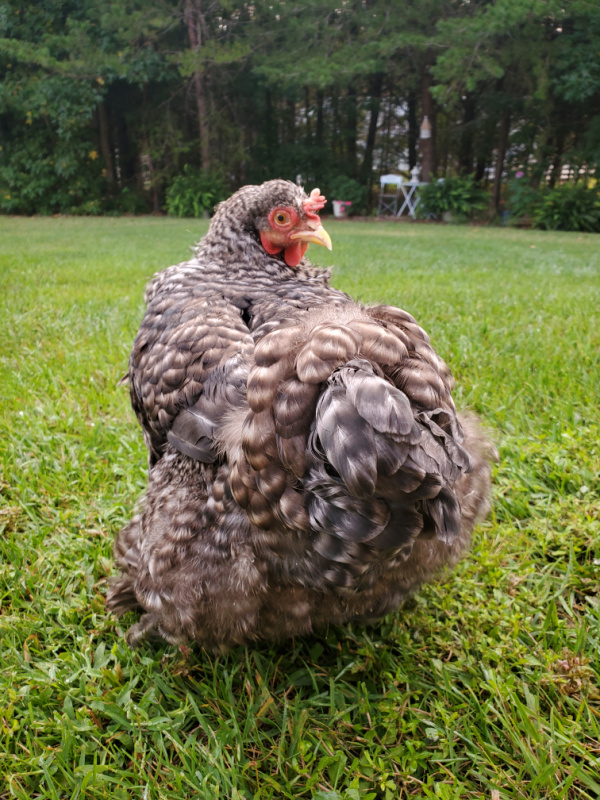
Here is a photo comparing Day 2 to Week 3. Isn’t this amazing? Even the vet was amazed at the difference. Is this going to be a normal reaction to a deep wound treated with honey? I have no idea, and I am not in any way suggesting that you should do this if your veterinarian advises against it. As I stated at the beginning, I went to the vet immediately, she made sure the wounds were as clean as we could get them, and then she advised me. I treated her like this with the full blessing of my veterinarian, knowing I would go straight back to her if Bella started looking worse. I personally would not have believed this photo myself if I hadn’t lived it, so don’t feel bad if you have your doubts right now.
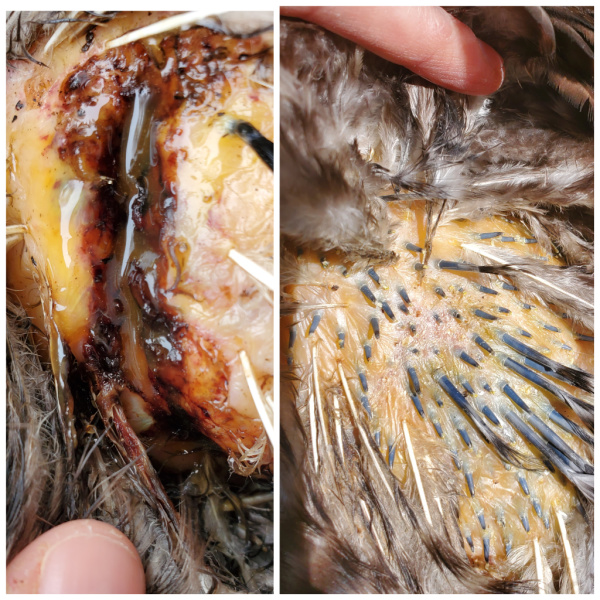
Another aspect to consider is that after three weeks inside, you cannot simply take a chicken back to the coop. There are several things to consider prior to putting them back with the flock. First of all, if it is summer, you have to watch the temperatures. Remember they have been out of the extreme temperatures for three weeks and cannot simply be re-introduce them for fear of heat stroke and exhaustion. Keep in mind they have had a traumatic injury, their bodies are still run down and adjusting. The same is true of winter. If they have been in a heated home or garage, they can’t be abruptly put out into cool temperatures.
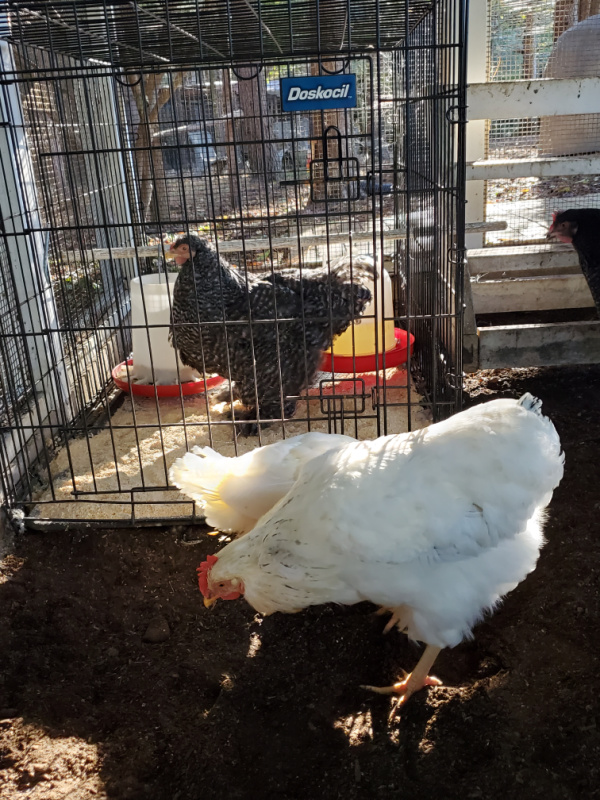
Next, after this amount of time, the chicken will have probably lost their place in the pecking order. Which means they will more than likely have to defend themselves at best, and possible fight at worst, especially for food. Are they physically at a point to do this? When re-introducing, I use a large metal dog kennel. This allows all the chickens to get used to their flock mate being out there again. I will take them out during the day and place them in this, knowing that they are protected, even if intimidated. I will still bring them in at night for a few days, just to make sure they get rest. (Please remember, chickens can act just like children. They may fight immediately, or they may be on their best behavior when you are around, and wait for you to leave to begin bullying a returning flock member.)

Slowly, I will sit with the flock and free-range them all together, watching their interactions, and being ready to step in, if need be. It is a slow process, but when it works out, it is so rewarding.
This section contains affiliate links to amazon products that are a bit harder to find, but exactly what I used to treat Bella. Manuka honey can be purchased at a lot of different stores at different strengths. I used the 829- (The higher the number, the better the quality, and it lasts forever when you use a q-tip). You should purchase the highest number your budget will allow, any manuka is better than none at all. I have had trouble finding the blood stop gauze in drug stores, but you may be able to, and the Vetericyn can also be purchased at Tractor Supply and some pet stores.

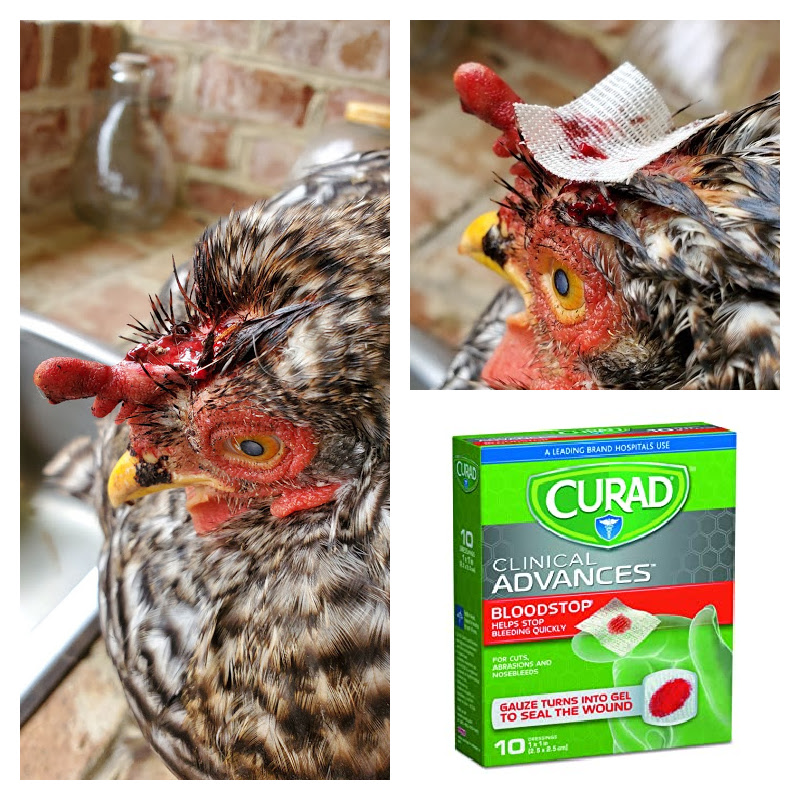

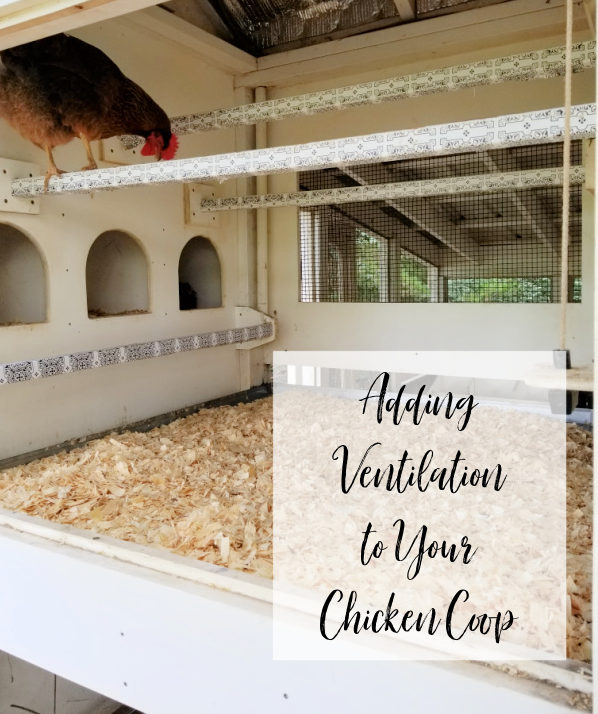
Glad she is doing well and that she was able to heal! Did you ever figure out the cause? A hawk attack possibly? Do you have wires above to prevent that kind of predator? I know that is a problem for our chickens in Colorado.
We can’t be sure what happened. We have a grid network of fishing line overhead.